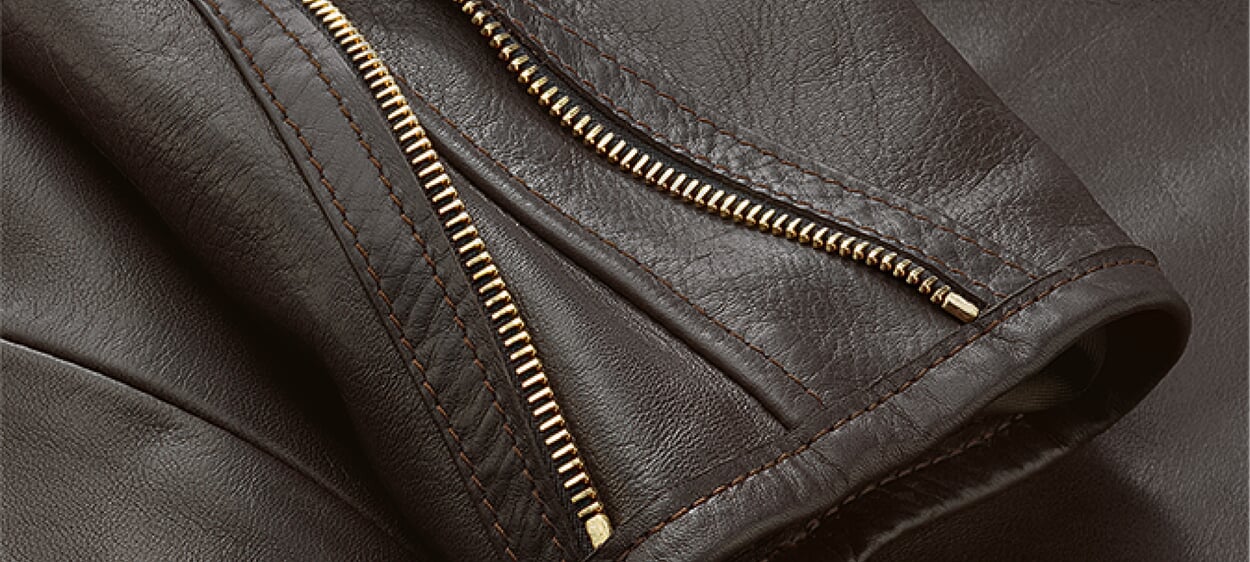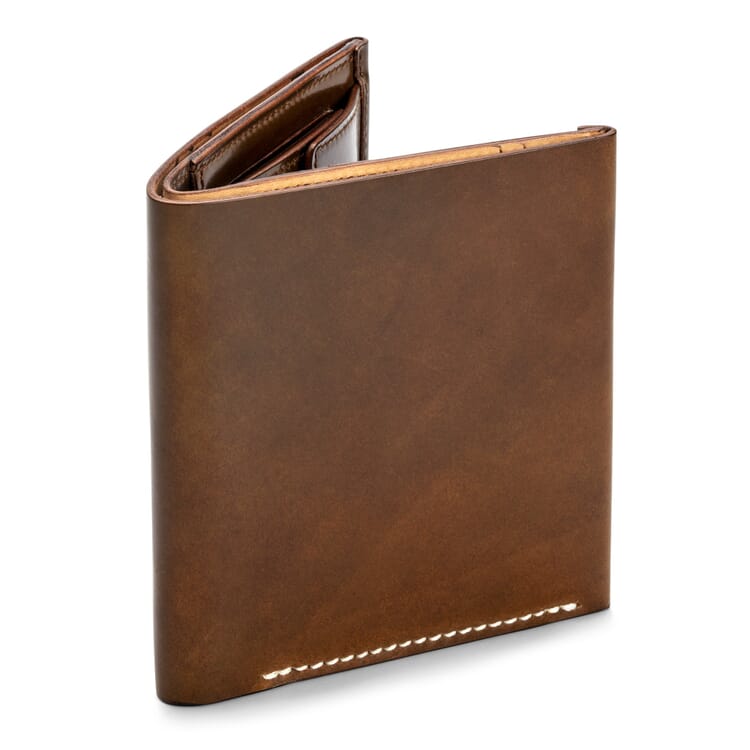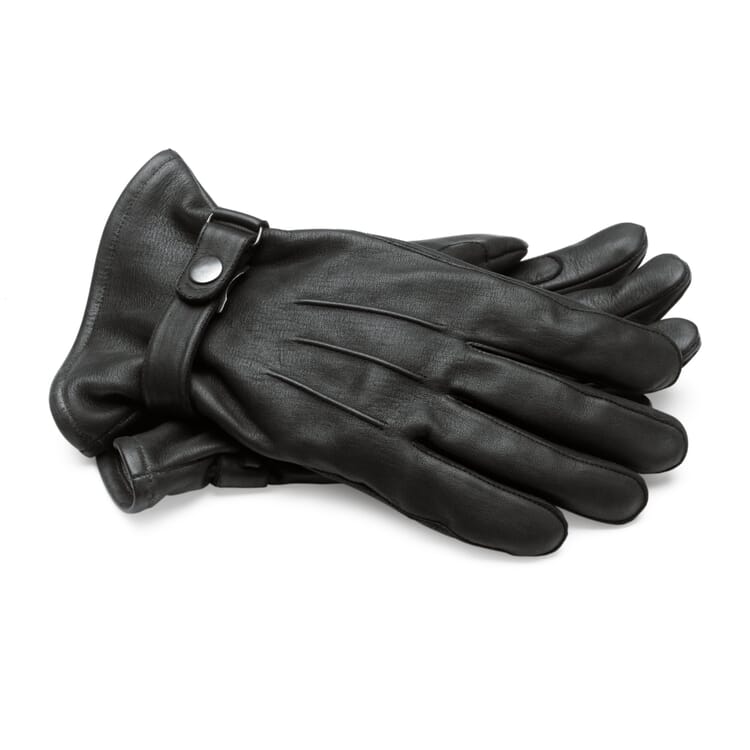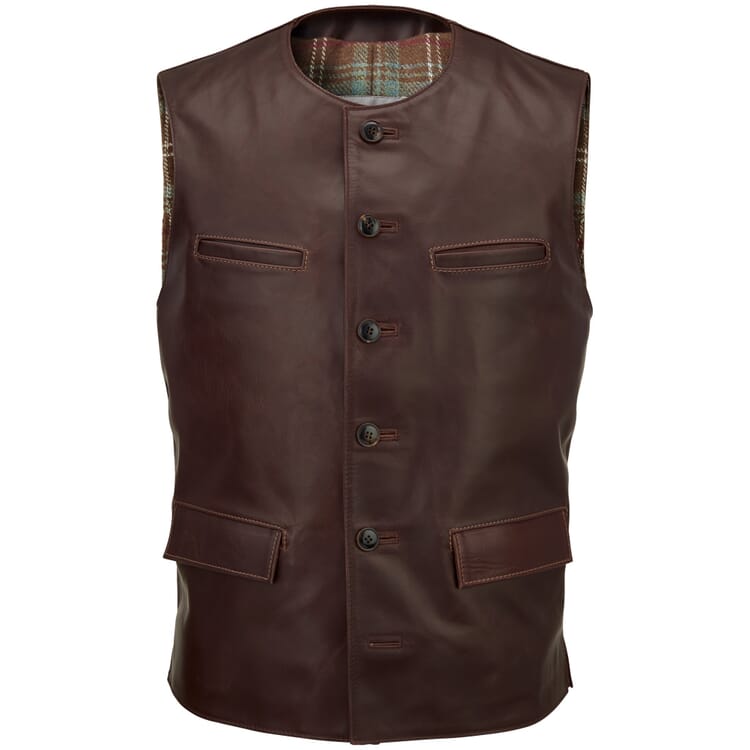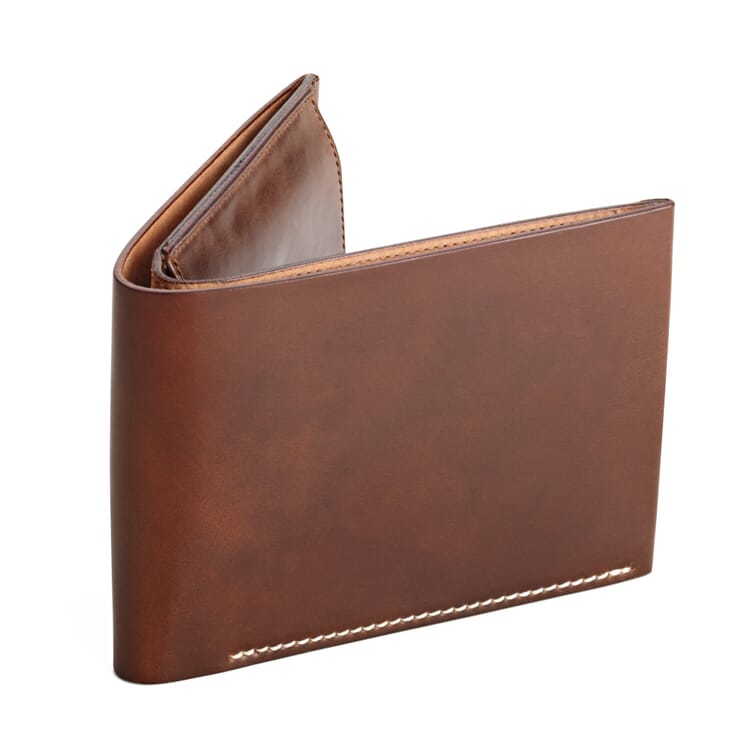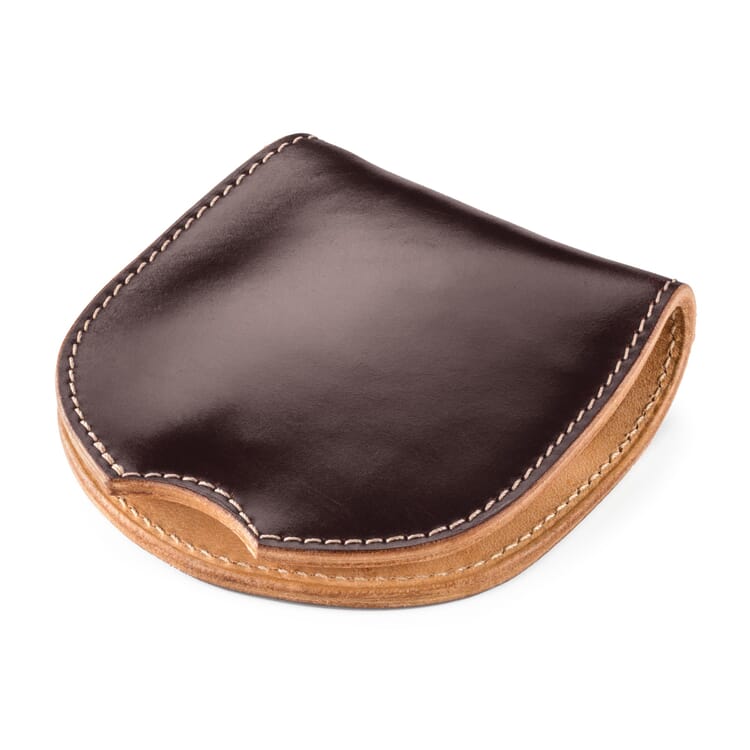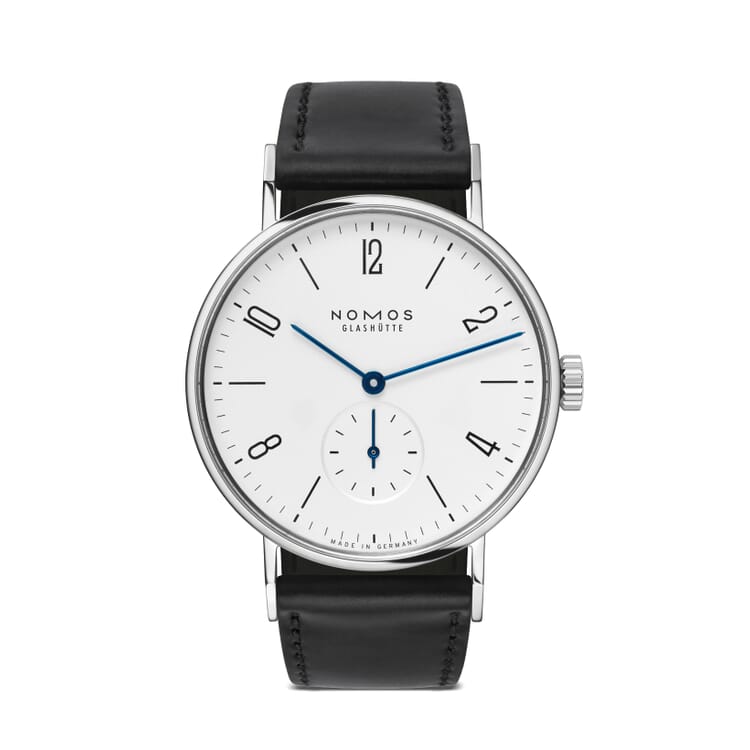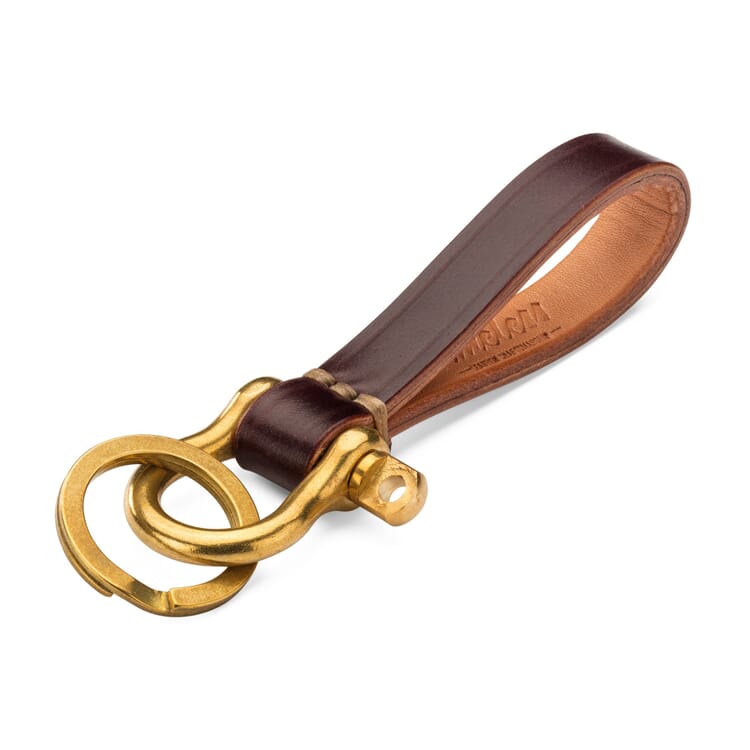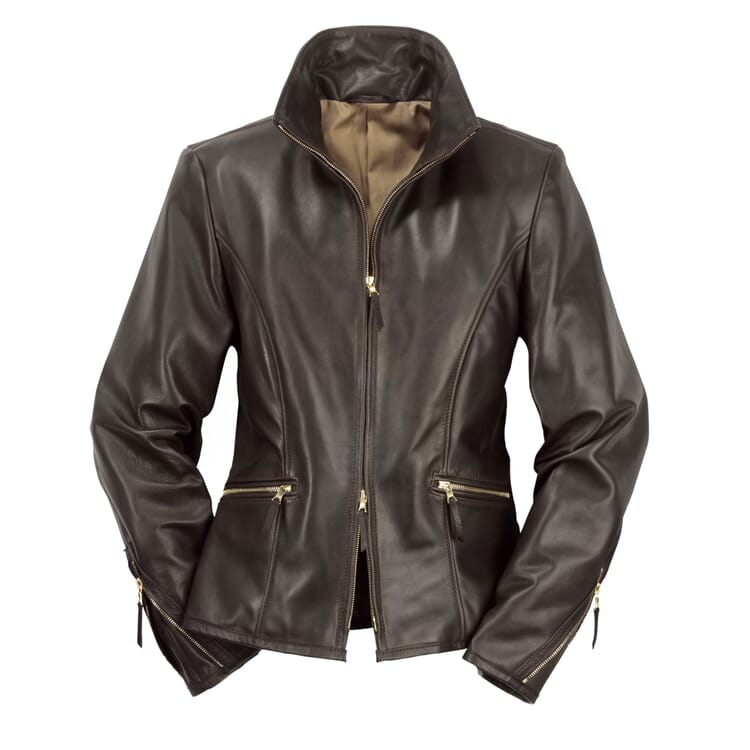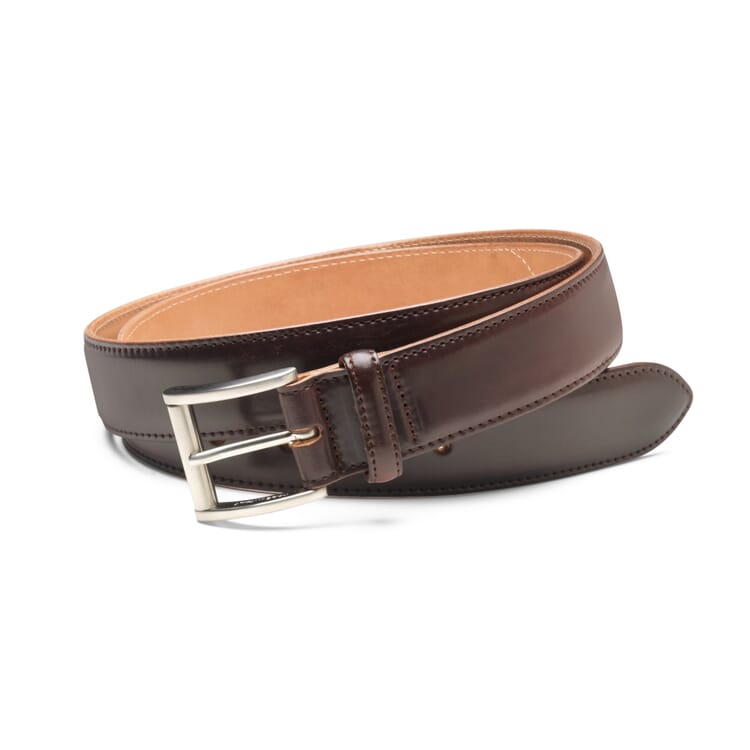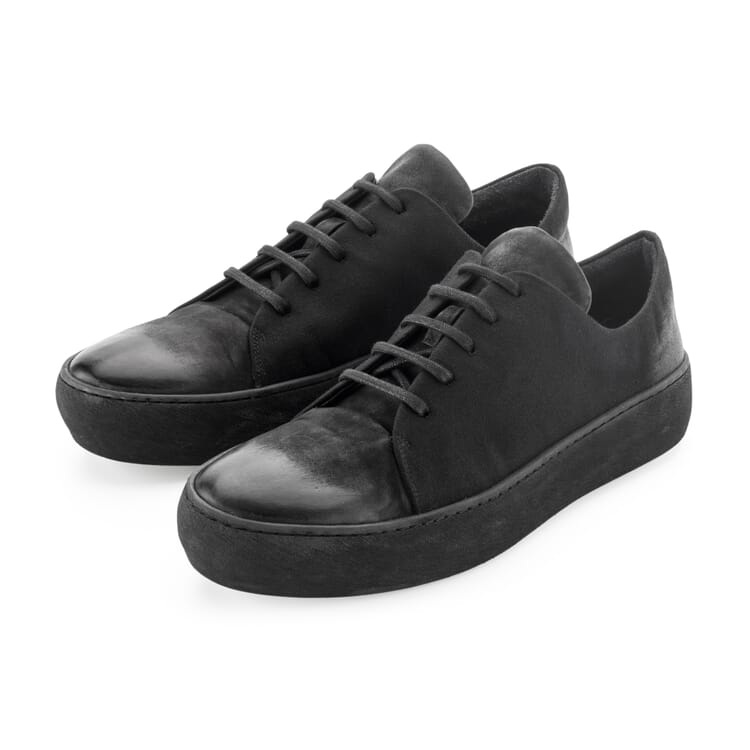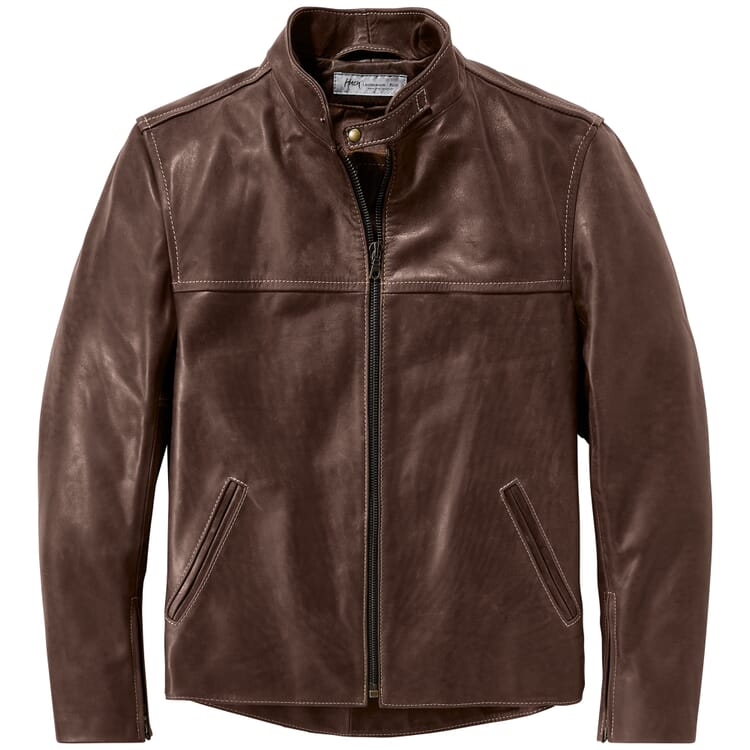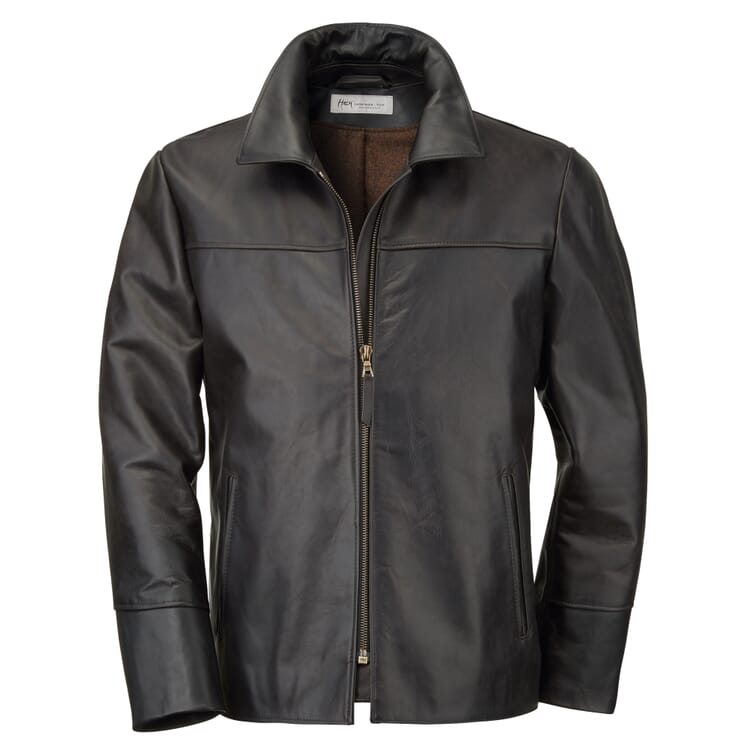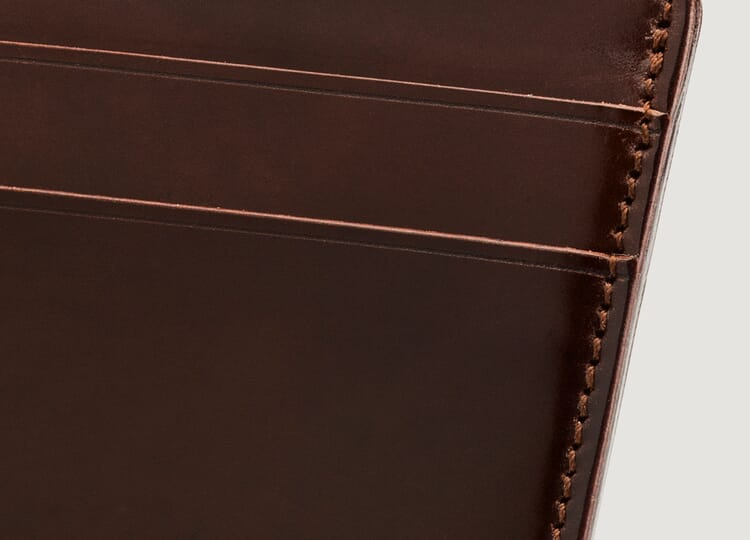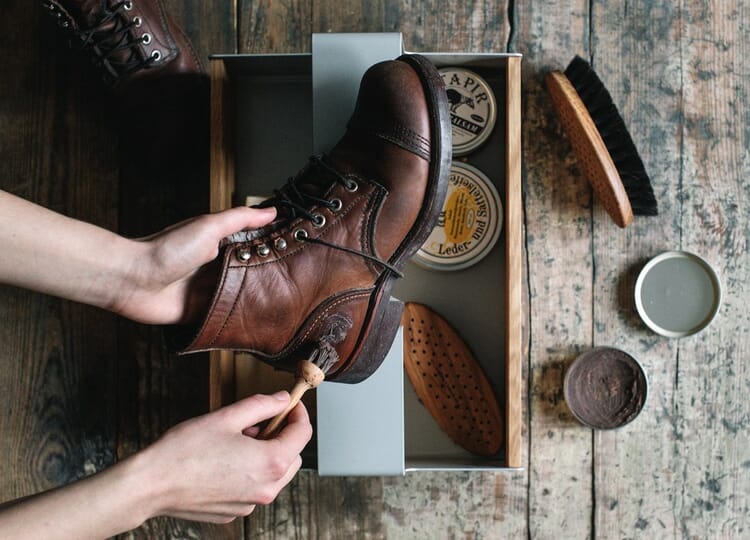Material
Horse leather. Durable, hard-wearing and with a fine sheen
Horsehide - the term "horsehide" is also commonly used - can be made from the hides of various horse species. Since horses are used less frequently in agriculture today, it is one of the rarer and more luxurious types of leather. Depending on the leather goods to be produced, different areas of the hide are used. For leather jackets and bags, the so-called horsefront leather from the animal's chest area is often used. For very high-quality leather shoes, shell cordovan is the material of choice. This exquisite leather is created from special small sections of skin (called the croup or "shells") from a particular breed of cold-blooded horse. Horse leathers are almost always processed grain side, with the exception of cordovan: here the flesh side forms the cover side.
The properties of horse leather
Horse leather is one of the particularly tough, resistant and durable types of leather with high tensile strength. Compared to cowhide, horsehide is somewhat stiffer, but becomes increasingly soft and supple with use and develops a beautiful individual patina. Since we present Shell Cordovan in a separate portrait, in the following we refer to horse leather processed as smooth leather - i.e. with the grain side facing out - Horse leather is an extremely tough leather and has a high tensile strength. Therefore, it is resistant to loss of shape and can also be processed in small thicknesses. - Due to its dense and firm fiber structure, horse leather is extremely abrasion-resistant, robust and durable. - The strength gives horse leather its typical stability. Compared to cowhide, it often falls a bit stiffer and buckier. Horse leather is characterized by its smooth and shiny surface. The fine shine is produced during the finishing process by so-called shine pushing, in which glass or agate rollers glide over the leather under pressure. - If horse leather is processed as aniline leather (see nappa leather), the natural grain pattern with its distinctive, fine-pored structure and the traces of a horse's life, such as insect bites or thorn cracks, are visibly preserved. - Horse leather already contains fat by nature. Often an oily or waxy layer is applied during the finishing process, which gives the leather a special character and additionally protects it against moisture. With each passing day, jackets, bags and other much-used goods made of horse leather become more supple and beautiful. The use is here the best care, because this keeps the leather in motion and it creates an unmistakable patina, marked by brightly breaking creases, which tells of the life of the respective wearer*innen.
Selected products with horse leather
Recommended Topics
It is one of the noblest and most expensive leathers, and yet it comes not from exotic animals, but from horses. Shell Cordovan is made from the hides of a special breed of cold-blooded horse. While these were often used as draft and work horses in earlier times, they are rather rare today. Only very specific types of skin are used for shell cordovan.
View moreLeather lives. Treatment with greasing care products not only makes it more beautiful, but also gives it back the fluidity that ensures that friction and wear are reduced and delayed in the fiber structure of its material composition.
View more
